The Elgin National Watch Company Building on Commerce Circle consisted of a semicircular Exhibition Hall and an inner structure designed in the shape of a circle.
The historical significance of time was portrayed by a large mural in oils, and here a display of ancient and modern timepieces were to be found. The inner structure was a typical astronomical observatory where time was taken from the stars. At the end of a cascade of water near the Observatory, stood a representation of one of the most ancient of timepieces - the water clock. In a nearby hall various exhibits showed some of the technical phases of watch manufacturing.
Visitors were able to have their own watches rated free of charge. Intricate, superbly accurate, Elgin watches, know the world over, were on display.
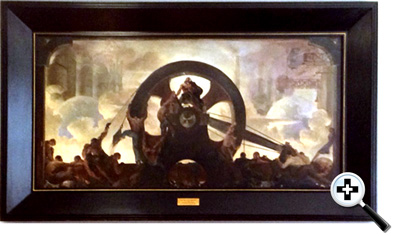
Wheels of Industry painting by Kipp Soldwedel
Courtesy of
Bjorn Lindgren
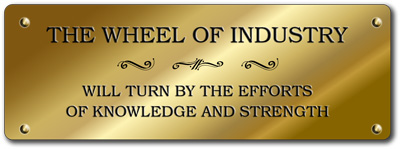
Bjorn writes:
My understanding from the artist's wife (Sally) is that this work was commissioned by The Elgin Watch Company for the 1939 World’s Fair. The painting was then bought by a Scottish Industrialist who moved it to Scotland to one of his factories.
I was a very close friend of both Kipp and Sally Soldwedel and had the pleasure of displaying some of Kipp's work in my gallery at 57th and Madison.
Kipp Soldwedel went on to have a multifaceted career in the art world.

A tiny mechanical man offered postcards to visitors once every ten seconds. He distributed 3,600 cards daily during the pavilion’s twelve-hour opening period.
The company’s two precision watches, accurate up to 1/8000 of a second, were thrown off by a twenty-one gun salute for former President Herbert Hoover. The salute emanated from Camp George Washington, 3,000 feet away on the Fairgrounds from the Elgin display. It took company employees nearly two weeks to reset the watches for accuracy.
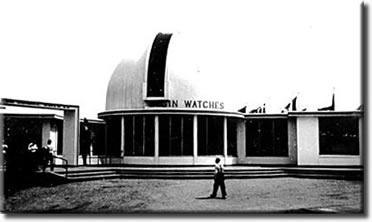
by Arie van Dort
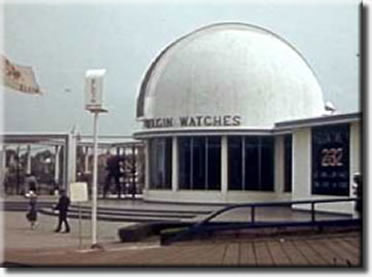
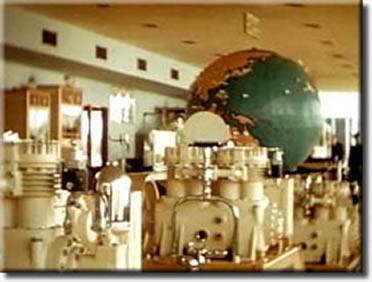
- Return to:
- Production & Distribution
- August 2017 Newsletter
